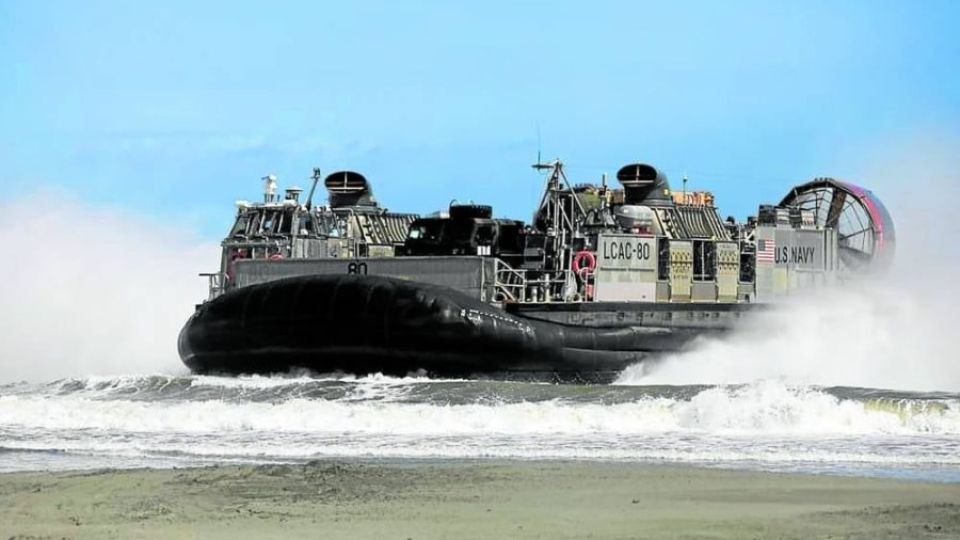March 21, 2023
MANILA – If you want peace, prepare for war (Sī vīs pācem, parā bellum).” Thus goes one of the most poignant dictums in ancient statecraft. Steeped in warfare and empire-building, the Romans understood the fundamental reality of real-world geopolitics: Weakness and passivity are a recipe for disaster since it attracts the attention of predatory powers. In contrast, strength and preparation dissuade and deter would-be aggressors.
Thus, diplomacy can only be effective when deployed from a position of strength, otherwise one has limited leverage when dealing with rivals and hostile powers. Worse, diplomacy from a position of weakness is tantamount to glorified surrender. And this is precisely the context within which one should understand the potential strategic value of the Enhanced Defense Cooperation Agreement (Edca) as well as ongoing efforts to establish two intertwined trilateral alliances under American leadership, namely the Australia-UK-US (AUKUS) as well as the emerging Japan-Philippine-US (JAPHUS) groupings.
The first trilateral alliance will focus on the broader Indo-Pacific region, especially the so-called “second island chain,” extending across the Philippine Sea all the way to the South Pacific, while the second trilateral grouping will primarily focus on the so-called “first island chain,” which extends from Okinawa and the Taiwan Straits all the way to the heart of the South China Sea. Collectively, the two parallel trilateral groupings are part of the Pentagon’s “integrated deterrence” doctrine, which aims to leverage the US’ broad network of regional allies to check China’s worst instincts.
The US is no longer the dominant power it once was. Though the Pentagon boasts the world’s largest defense budget, China is hot on America’s heels. Over the past decade alone, the Asian superpower has simultaneously developed both its conventional and asymmetric military capabilities. Its actual defense budget, which is not revealed by official numbers, could actually be far closer to that of the US when measured in purchasing power parity rather than market exchange rates, especially since Beijing builds the bulk of its own (Soviet-originated) defense equipment these days.
Even more crucially, China is still primarily a regional superpower in military terms, thus it can concentrate the bulk of its own capabilities in the East Asian theatre. In contrast, the US military might is increasingly spread thin across multiple theatres, from Eastern Europe and the Mediterranean Sea to the Persian Gulf and the Western Pacific.
ธุรกิจโฆษณา
Relishing a powerful military, including the world’s largest marine fleet, China has now fixed its gaze on consolidating its control over its so-called “blue national soil,” namely the South China Sea and the East China Sea, while openly contemplating a potential invasion of Taiwan, a supposed “renegade province.”
The reality is that China is too big and powerful to be contained. Thus, what the US is pursuing is a “constrainment” strategy, which, according to the political scientist Gerald Segal, aims to signal to China that “the outside world has interests that will be defended by means of incentives for good behavior, deterrence of bad behavior, and punishment when deterrence fails.”
Last week, the AUKUS alliance announced a whopping $368 billion deal to equip Australia with “conventionally-armed, nuclear-powered submarines,” which will allow the power grouping to have a more effective projection of power across the Indo-Pacific in the coming decades. Though far less institutionalized, the emerging JAPHUS alliance could prove, especially for geographic reasons, even more urgent and consequential against the backdrop of a potential war over Taiwan in the near future. The Philippine island of Mavulis is barely 100 nautical miles away from Taiwan’s shores.
Nations can’t choose their geography. And should it come down to conflict, allies can’t be neutral. In recent months, Japan has announced its plans to develop “counterstrike capability,” double its defense budget as a share of its economy and seek a deal similar to the Visiting Forces Agreement with the Philippines. A tripartite Japan-Philippine-US defense framework is also in the pipeline.
Meanwhile, the Marcos administration has greenlighted and expanded Edca and the largest-ever war games with the US, while underscoring the need for enhancing our minimum deterrence capability. The ultimate aim of the AUKUS and JAPHUS is not to invite major power conflict, but to precisely prevent such nightmare scenarios by raising the costs of any potential military adventurism against Taiwan or across the first island chain.


